Prague in Spring - at the Previous Heart of European Politics
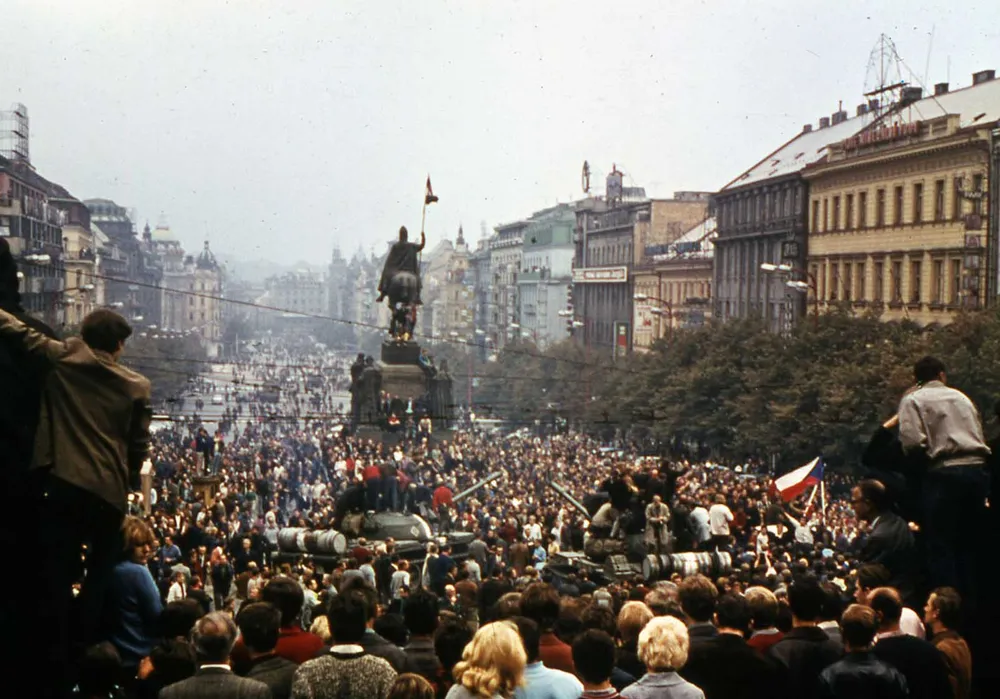
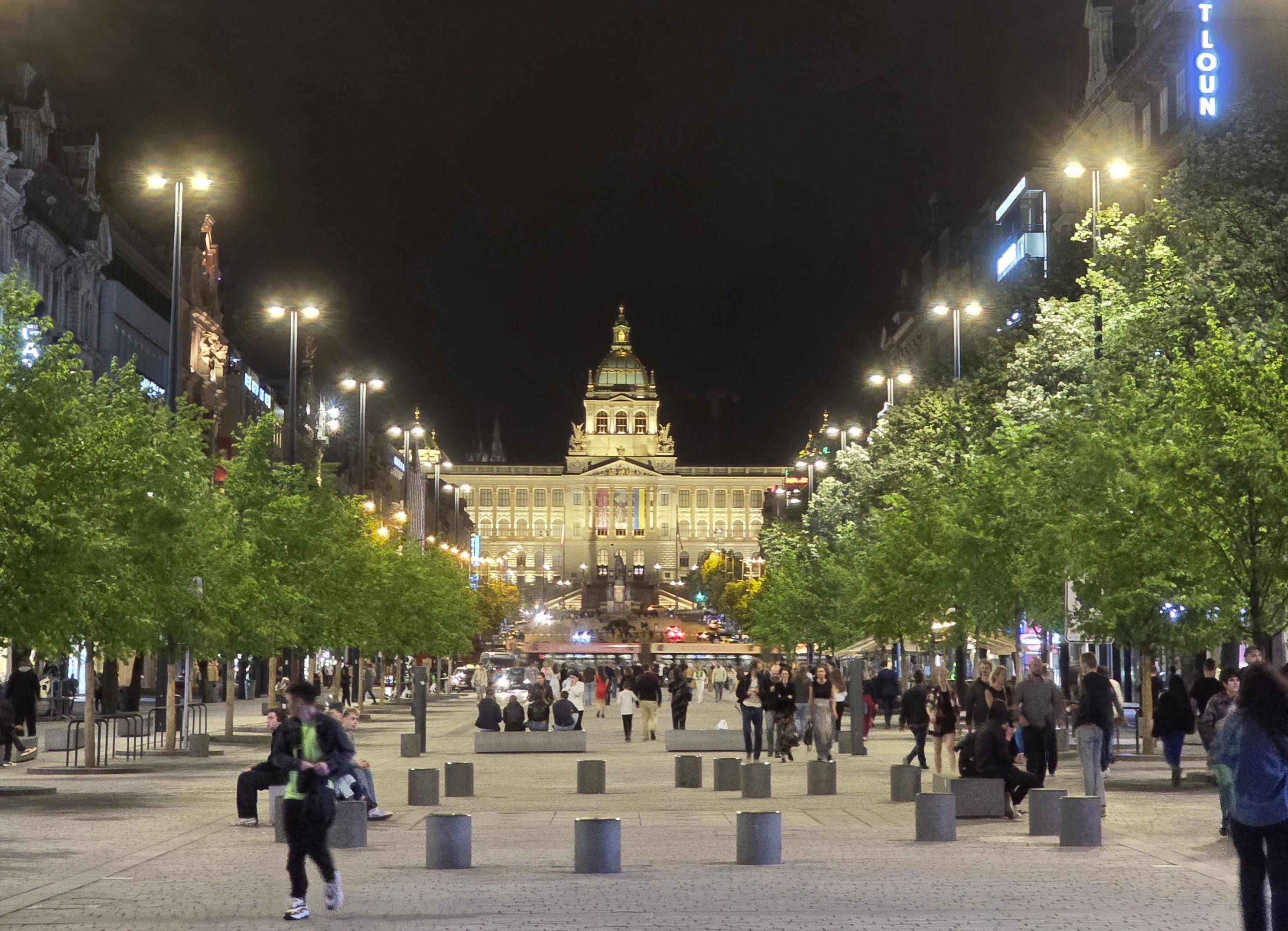
Photo 1 and 2. Wenceslas Square in 1968 and 2024.
Traveling to Prague in the spring naturally brings to mind the Prague Spring of 1968, a bold attempt to resist communism. (Photo 1 shows Wenceslas Square with our accommodation visible in one of the buildings to the right of the photo. Photo 2 is a nighttime view of Wenceslas Square from the opposite side.) Spring offers pleasant weather for exploring. Prague, located at the western edge of the Iron Curtain, is the capital of the Czech Republic. However, upon reaching the heart of Prague, the Eastern Bloc atmosphere fades, and one can instantly feel that it was once the capital of the Holy Roman Empire and a central hub of European politics. The most beautiful views in Prague include Charles Bridge and Prague Castle (especially St. Vitus Cathedral, as seen in photos 3 and 4). Charles Bridge, built during the reign of Charles IV, connects Prague Castle to the Old Town and has been a crucial link throughout Prague's golden age. The vast area of Prague Castle and its numerous Gothic and Baroque buildings showcase the city's prosperous past. Even at the center of the empire, traces of the Eastern Bloc are evident. Photo 5 features a building at Prague Castle (formerly a Habsburg imperial educational site for children) with an "Easter egg" bas-relief from the communist era. 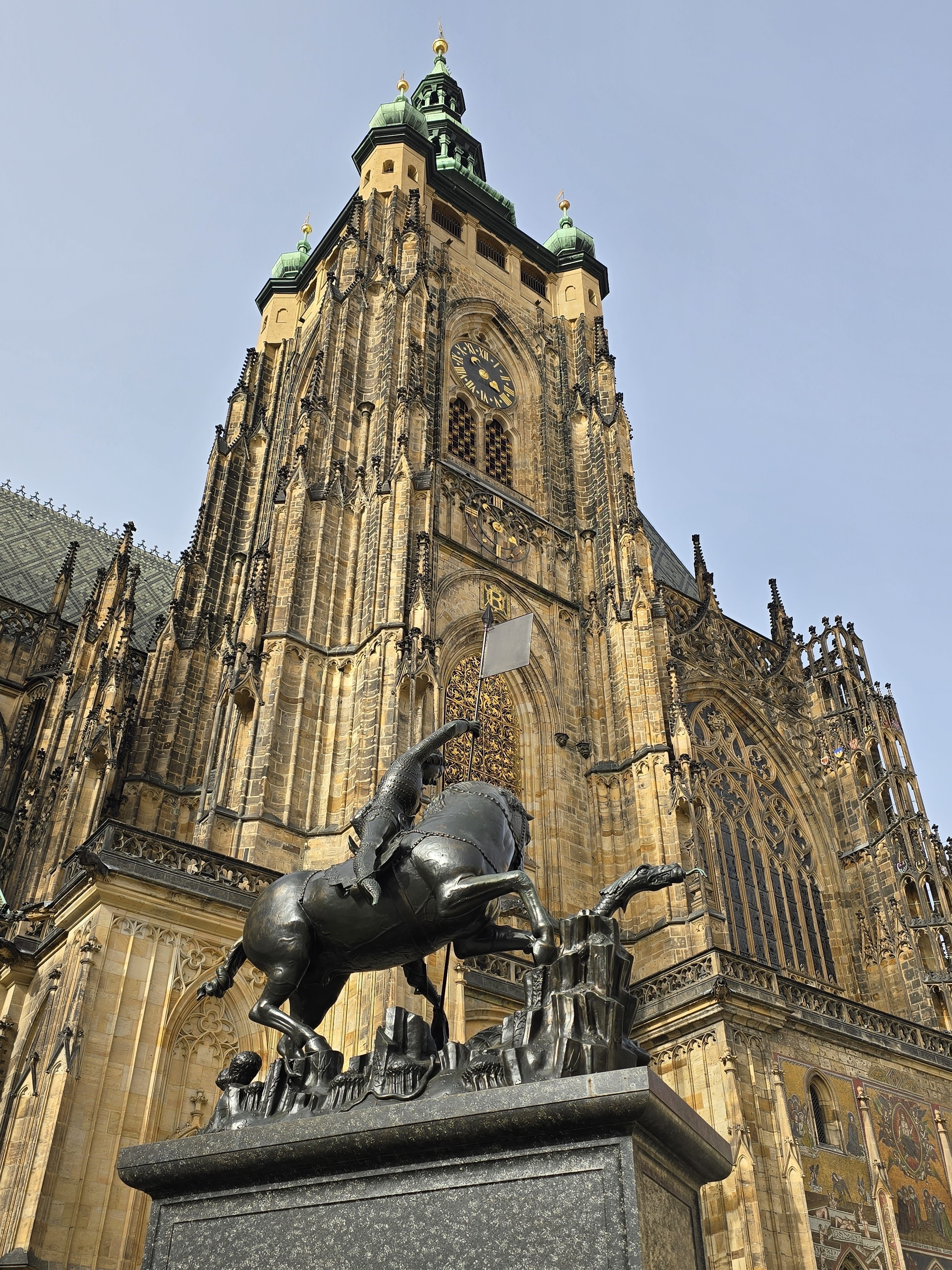
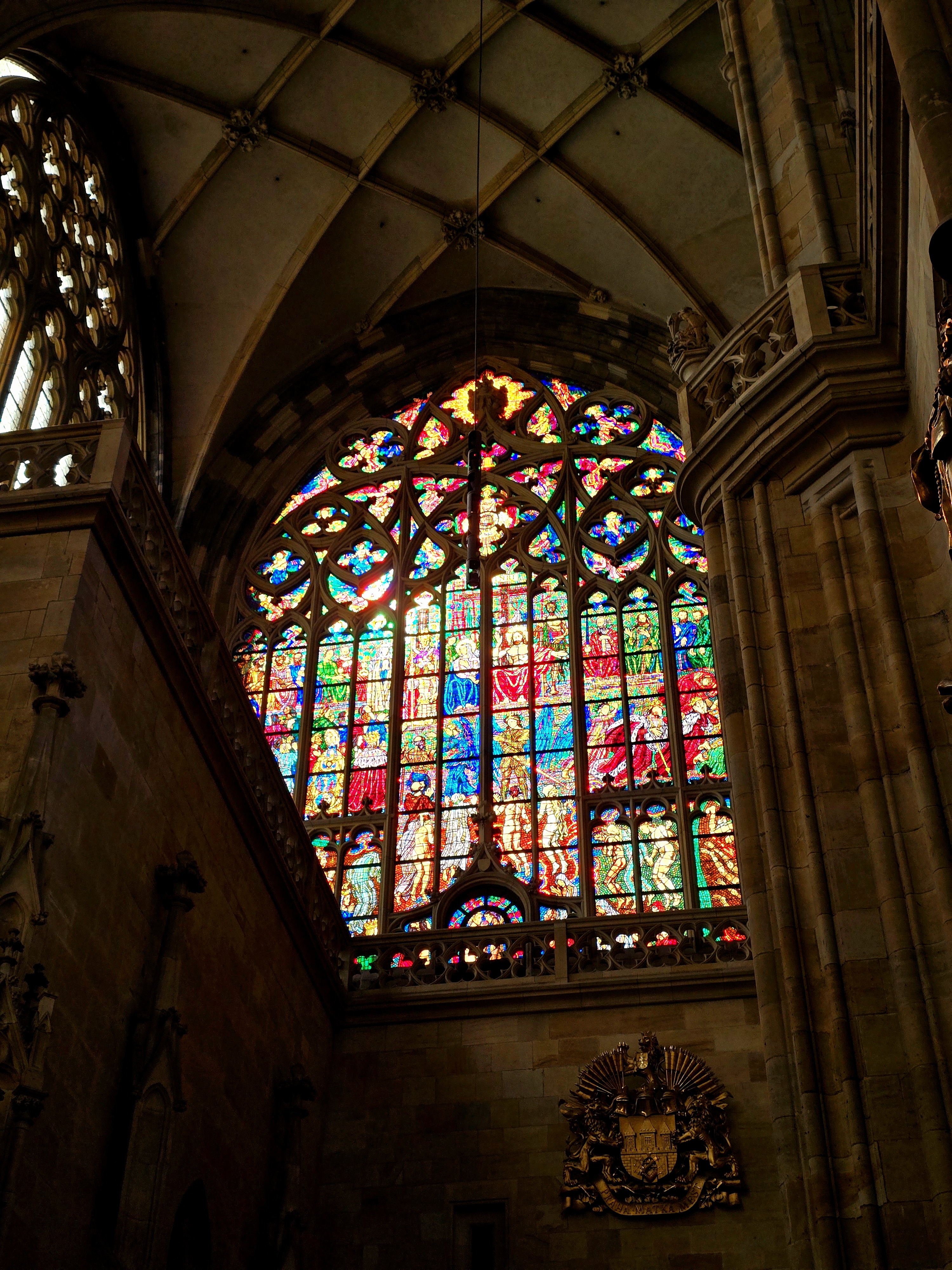
Photo 3 and 4. St. Vitus Cathedral.
Moreover, Prague Castle is famous not only for its stunning scenery but also as the starting point for two international wars, both bizarrely initiated by defenestrations. Therefore, when in conflict with Czechs, one must avoid oppressive tactics, especially near windows. The first of these wars, the less-known Hussite Wars (1419-1434), was sparked by the martyrdom of the reformer Jan Hus and involved several battles between the Catholic forces of the Pope and the locals in Prague. The second is the well-known Thirty Years' War. Photo 6 shows the building from which Holy Roman Emperor Ferdinand II's representatives and messengers were thrown by Bohemian nobles. Despite the height suggesting a lethal intent, surprisingly, all survived. This act against the emperor's Catholic delegation led to a brutal thirty-year conflict dividing principalities into Catholic and Protestant camps, with major European powers like France, Denmark, and Sweden intervening without gaining clear benefits. The Holy Roman Empire's population was reduced by a third, and the emperor's power weakened further. Reflecting on this period of decline, it seems that managing an empire without a pragmatic approach to tolerance is challenging. Despite its federal characteristics, the Holy Roman Empire gradually ceased to be holy, Roman, or an empire. 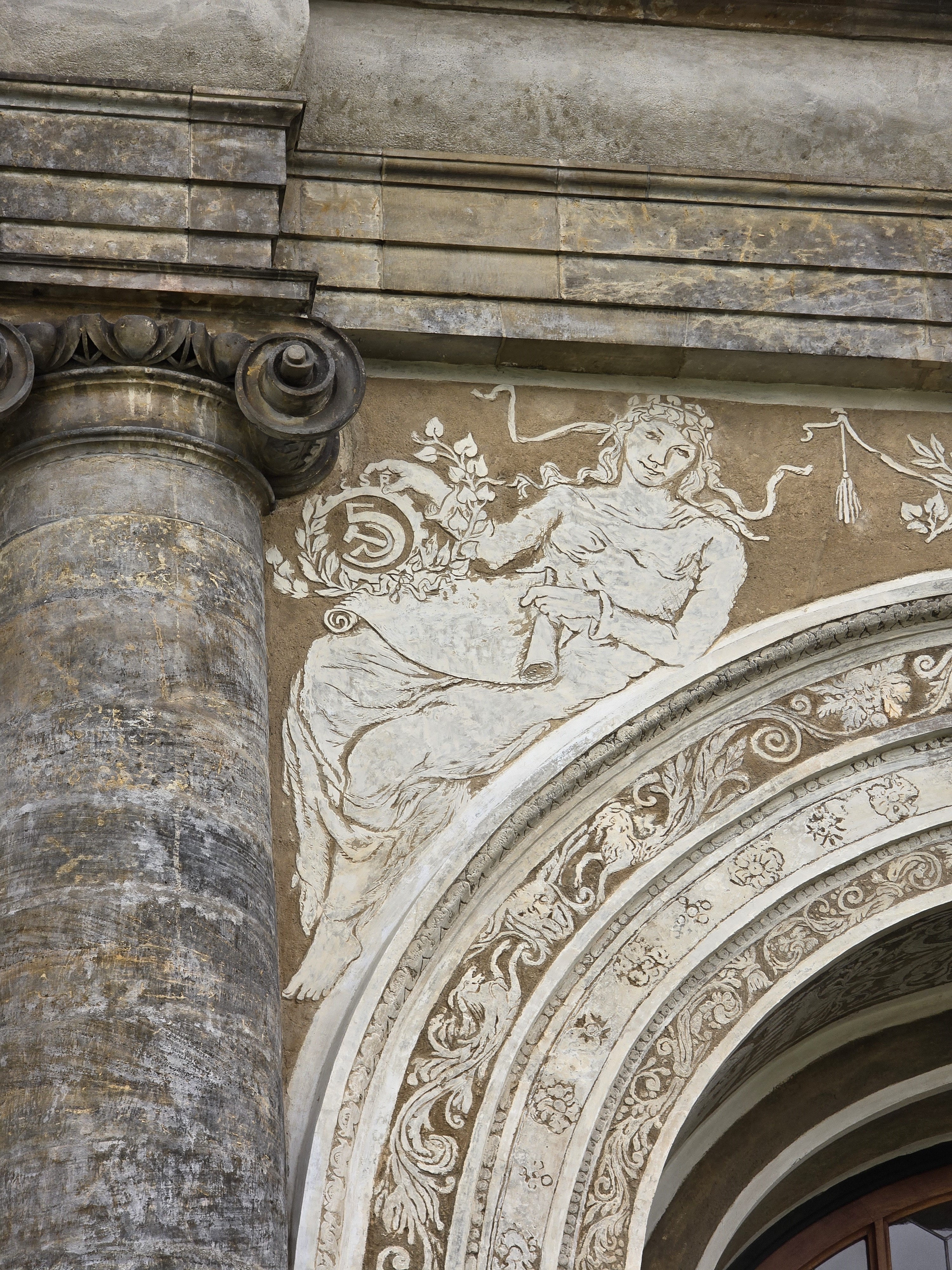
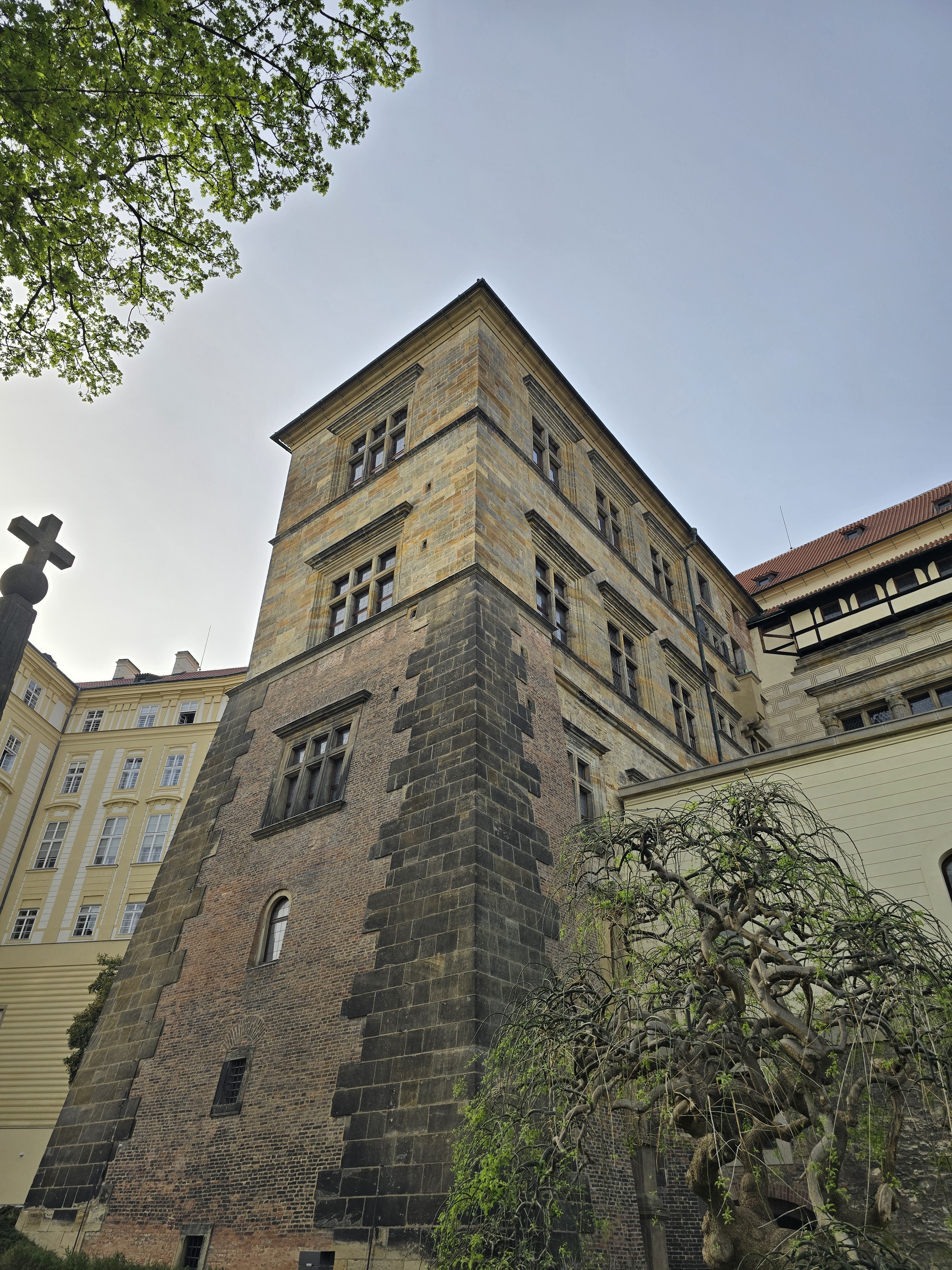
(left) Photo 5. You can see the Hammer and sickle symbol ☭ added on the baroque style relievo
(right) Photo 6. The building where the messengers were thrown out
Considering the Hussite Wars, the Thirty Years' War, and the Prague Spring of 1968, Prague emerges as a beautiful city with a tradition of resisting formidable powers in the name of freedom of thought. (right) Photo 6. The building where the messengers were thrown out


Photo 1 and 2. Wenceslas Square in 1968 and 2024.
봄에 프라하에 간다는 것은 자연스럽게 1968년 공산주의에 저항한 시도였던 프라하의 봄(Prague Spring)을 떠올리게 한다. (사진1, 바츨라프 광장 사진으로 숙소도 이 사진 우측에 보이는 건물 중 하나에 위치하였다. 사진 2. 반대편에서 찍은 바츨라프 광장의 야경 ) 봄이기에 여행하기에 날씨가 좋은 것은 물론이다. 프라하는 동구권 철의 장막 서쪽 끝자락에 위치한 체코의 수도였다. 하지만 프라하의 중심에 이르면, 동구권의 분위기는 느낄 수 없고 체코가 신성로마제국의 수도였고, 유럽 정치의 중심에 위치했던 곳이라는 것을 단번에 느낄 수 있다. 프라하에서 가장 아름다운 풍경은 까를교와 함께 프라하성(특히, 성 비투스 대성당, - 사진 3, 4)을 바라보는 것이다. 까를교는 프라하의 전성기를 이룩한 까를 4세 때 지어져 프라하성과 구시가지를 잇는 가장 중요한 다리로서 역할을 해왔다. 면적상으로 최대 크기의 프라하 성과 수많은 고딕양식과 바로크양식의 건축물들은 프라하가 언제 얼마나 번성하였는지 보여준다. 제국의 중심에도 동구권의 흔적은 있다. 사진 5에 공산정권 당시 프라하 궁에 있는 건물(과거 합스부르크 황실의 아이들을 위한 교육 장소) 부조에 이스터에그를 숨겨놓았다. 

Photo 3 and 4. St. Vitus Cathedral.
이 프라하 성은 아름다운 풍경 외에 2번의 국제적 전쟁의 시발점으로도 유명한데, 공교롭게도 둘다 창문 밖으로 사람을 던져서 시작이 되었다. 따라서, 체코인과 다툴때는 권위로 그들을 찍어 눌러서도 안되며, 불가피하게 그럴 때에는 창문 근처를 절대 피해야한다. 첫번째 전쟁은 상대적으로 덜 알려진 1419-1434년 진행된 후스 전쟁이다. 얀 후스라는 종교개혁가의 순교를 기점으로 교황의 카톨릭 진영과 프라하에서 수차례 전쟁을 하였다. 두번째는 누구나 한 번 쯤은 들어본 30년 전쟁이다. 사진 6는 당시 신성로마제국의 황제 페르디난트 2세의 대리인들과 전령을 보헤미아 귀족들이 집어던졌다는 건물이다. 건물의 높이를 보면 얼마나 분노했는지 죽이려는 의도가 분명하지만 놀랍게도 모두 살았다고 한다. 카톨릭을 강요하는 황제의 사절단에 분노하여 창밖으로 그들을 던져버린 이후 카톨릭과 개신교 진영으로 제후국이 나뉘어 처절한 30년간 전쟁을 하였다. 종교를 떠나 이권에 관심이 있던 프랑스, 덴마크, 스웨덴 등 유럽의 주요국가들이 대부분 개입하며 누구도 명확한 이익을 보지 못하고 신성 로마제국 인구의 1/3이 줄어든 결과를 낳았다. 추가적으로 신성로마제국 황제의 권한은 더욱 약해졌는데 이 사건을 비롯한 신성로마제국의 쇠퇴기를 보면서 드는 생각은 제국의 운영은 실리추구를 중심으로한 관용이 없이는 쉽지 않다는 생각이 들었다. 한때 연방의 성격을 띄긴 했어도 유럽에서 가장 강력한 제국이었던 신성로마제국은 황제들의 근시적인 판단으로 서서히 신성하지도, 로마이지도, 제국이지도 않게 되어갔다. 

(left) Photo 5. You can see the Hammer and sickle symbol ☭ added on the baroque style relievo
(right) Photo 6. The building where the messengers were thrown out
후스 전쟁, 30년 전쟁, 그리고 실패하긴 했지만 1968년의 프라하의 봄의 혁명 시도를 생각하면, 프라하는 자유로운 사상을 위해 거대한 힘에게도 저항할 수 있는 정신을 가진 전통을 가진 아름다운 도시라고 생각한다. (right) Photo 6. The building where the messengers were thrown out
Enjoy Reading This Article?
Here are some more articles you might like to read next: